 [In my previous post, I offered the first part of a July 2004 letter to the administration of the Centre d’enseignement professionel de Vevey (CEPV), a response to their query soliciting my opinion of their radical and disastrous makeover of a remarkable photography program in which I’d taught as visiting faculty for several years. Below you’ll find the conclusion of this missive. I’ve posted it to commemorate the tenth anniversary of the willful destruction of that program. — A. D. C.]
[In my previous post, I offered the first part of a July 2004 letter to the administration of the Centre d’enseignement professionel de Vevey (CEPV), a response to their query soliciting my opinion of their radical and disastrous makeover of a remarkable photography program in which I’d taught as visiting faculty for several years. Below you’ll find the conclusion of this missive. I’ve posted it to commemorate the tenth anniversary of the willful destruction of that program. — A. D. C.]
•
An Open Letter to the Administration of the Centre d’enseignements professionel de Vevey (CEPV)
Vincent Juillerat Christian Rossier Centre d’enseignements professionel – Vevey Av. Nestlé 1, case postale 1800 Vevey 1 SwitzerlandDear M. Juillerat and M. Rossier:
(cont’d) As for the new formation itself: From what I understand, the primary change will involve the affiliation with l’Ecole cantonale d’art de Lausanne (ECAL), which will affect especially the third-year program and its students. [Note: “formation” is the French equivalent of curriculum.] 
I cannot of course speak knowledgeably about the potential value of such a collaboration between the two institutions. However, I do feel competent to speak about the proposed revision of the third-year program itself.
In the version of the program in which I taught from 2002-2004, those in my classes were all third-year students. Their program for their third year put them under the tutelage of roughly a dozen notable figures in the field, so their final CEPV projects benefited from the critical attention of ten or more influential and internationally known professionals from different aspects of the medium, and from different parts of the world. No less importantly, they moved from the environment of the CEPV into the professional arena with a full three years’ worth of direct, extensive contact with noted professionals from different disciplines — art, documentary/photojournalism, fashion/illustration — under their belts and fresh in their minds.
As I understand the new formation, while the third-year students will have the option of sitting in on the workshops offered for the first-year and second-year students, their main obligation for their third year will be the production of a thesis project supervised by the CEPV’s permanent photo faculty and a coalition of regional photographers. I have reviewed the biographies of the program’s full-time faculty, and have met a few of them in passing. None of them are known outside of Switzerland. I saw the tentative list of this new cadre of Swiss visiting faculty at the June 4 presentation. I’ve heard of none of them.
Without intending to insult anyone, I think I can fairly say that none of your photo program’s permanent faculty and none of the proposed Swiss visiting faculty have any significant professional recognition or accomplishment to speak of, at least not outside your country. In the international photography community, they’re entirely unknown. Not a single one of them has the standing of such notable Swiss figures as Gotthard Schuh, René Burri, Hans Finsler, Werner Bischof, Emil Schulthess, René Groebli, Robert Frank, Jean Mohr, Olivier Christinat, or others from your country who have made their durable mark on the medium.
Nor has any one of them demonstrated the influence on the field of the previous non-Swiss visiting faculty — [Arno Rafael] Minkkinen, of course, but also Fontana, Sarah Moon, Antonin Kratochvil, Duane Michals, et al — either as a professional photographer or as a teacher. I would even doubt that most of them have any substantial recognition as significant creative, documentary, or fashion/commercial photographers within Switzerland. Thus having studied with them will not enhance your students’ reputations in the eyes of professionals in any sphere.
In your letter to me, you write (my rough translation here), “Our ambition is to professionalize the work of the students and to improve their relationship to the field — whether it be in the area of artistic, documentary, or advertising photography.” Apparently you intend to achieve this by removing the CEPV students in their culminating third year from the guidance of an unprecedented group of established high-profile professional names in those various territories of photography — famous and influential senior figures whose connection to these students can benefit them in many ways — and instead placing those students under the strict supervision of a cluster of Swiss nonentities. The pedagogical rationale for this escapes me, but I do not see how the students will profit professionally from this change.
With all that said, I must add that I do not believe in punishing students for what I might view as the sins of their administration and faculty — matters over which those students have no control. Thus I would not choose to deprive them of my own teaching simply because I disagree, even fundamentally, with the program’s new “direction.” I do understand and respect the decision of many of my colleagues among the visiting faculty who have elected, on principle, to disengage themselves from your new formation.
And I certainly don’t intend any future connection I may have with the CEPV program as a criticism of (or an act of disloyalty to) the original program’s founder, Mr. Radu Stern — or as a vote of confidence in those now in charge of it, who have yet to earn my endorsement. But I choose to take a different approach to the situation.
Consider this, instead, as a vote of faith in the CEPV’s future students. In my experience, serious and dedicated students have the capacity to rise above even the ineptness and incompetence of their faculty and administration. If such students enter my classroom ready to work, and to learn, I will work with them and teach them — anywhere, including in Vevey.
•
So I am indeed willing to consider returning to the CEPV in the future as visiting faculty. With the following caveats:
• My name and reputation are not to be used in recruiting other visiting faculty until such time as I have observed the new program first-hand, talked with the students participating in it, satisfied myself as to the new program’s quality, and authorized such use of my name.
• My name and reputation and willingness to consider participation are not to be used in any way by the administration in conjunction with the ongoing lawsuit brought against the CEPV and others by a collective of the students.
• Should I discover that either of these prohibitions has been disregarded, I will disaffiliate myself from the CEPV program permanently and publicly, will write and publish an account of my experience, and will lodge a formal complaint against the CEPV administration with the cantonal government. [Note: The school ignored these prohibitions, as a result of which, along with a number of my colleagues and former CEPV students, I signed a formal letter requiring them to cease and desist.]
If, under these conditions, and taking into account the above commentary and critique, the CEPV should still want me to conduct future workshops under its auspices, we can proceed to discuss the schedule, fees, and other arrangements. I do understand, of course, that given the preceding observations and statements you may prefer to look elsewhere.
I should point out that on the three previous occasions of my participation in the program, my workshops ran for two weeks each each time (with a week between the two 5-day sessions). I know that some of the past workshops have been one week in duration, others longer. We can discuss the pros and cons of the two options as part of any subsequent dialogue over my return to Vevey.
If you have any questions about any of the above, please don’t hesitate to contact me. I look forward to hearing further from you on these matters.
Yours truly,
/s/ A. D. Coleman
•
I received no acknowledgment of receipt of this missive, much less any response thereto, nor any invitation to return to the CEPV to teach. (I wasn’t holding my breath, assuming this bridge thoroughly incinerated.) Past and present CEPV students initiated a blog, fsphoto, at which to record the progress of their protest against this autocratic devolution of the program; they requested permission to publish my letter there, which I granted. (Some of the material appears in both English and French, but the press clips appear in French only.)
Vevey’s a small town, and by my third visit I’d become familiar with it and developed my own routines and haunts. That year, around the corner from my lodgings, in a little close-out store I’d visited before, I browsed the used-book shelf once again and came up with a tattered copy of the original paperback edition of the Swiss architect Le Corbusier’s Une Petite Maison (1954), which discusses and illustrates the small home he built for his parents just outside Vevey in 1923. A book about simple living, describing the first example of Le Corbusier’s modern architecture built in his native Switzerland, a house that became an iconic example of modernist design, designated a national treasure of Swiss architectural heritage. (Click here for a YouTube video of someone paging through the book.)
I knew of it, but hadn’t made the connection with Vevey. Turned out it was just a short walk from the school, on the main road into town, open to the public on Monday mornings and Wednesday afternoons. So I made a pilgrimage to Villa Lac Léman, as it’s now known, on June 16, 2004, early in the afternoon, in the company of one of my students. Predictably, it’s a one-storey, spare, elegant domicile, its kitchen definitely cramped by my standards (surely Le Corbu didn’t cook himself), with a curious mechanical system that raises and lowers the bed from and back into a below-ground recess, and assorted furnishings designed by the architect.
Right on the lake’s edge, it has a roof garden, and an enclosed patio with a long horizontal opening in its lakeside wall framing a spectacular view. Many of its ideas have become so absorbed into contemporary architecture and design that we take them for granted, but in 1923 they came as radically innovative.
At the end of his small book Le Corbu appends the following note:
“When the little house had been completed in 1924 and my father and mother were able to move in, the municipal council of a neighboring commune met to decide that a building of this kind constituted ‘a crime against nature.’ Fearing lest it might nevertheless give rise to competition (who knows?) they forbade it ever to be imitated.”
I read that passage to my students, reminding them that the careerist bureaucrats busily destroying the innovative program in which they studied were direct lineal descendants of those town fathers terrified by Le Corbusier’s disregard of architectural tradition. But then, I reminded them, the Swiss are notoriously conservative. I told them my favorite Swiss joke:
Q: Why don’t the Swiss steal?
A: Because it’s forbidden.
•


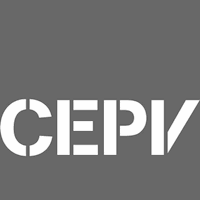
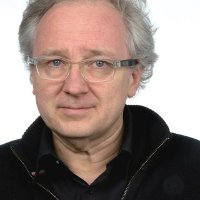
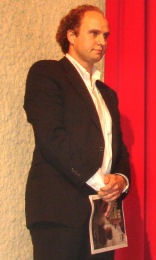
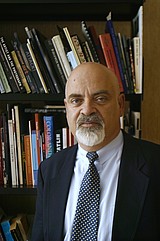

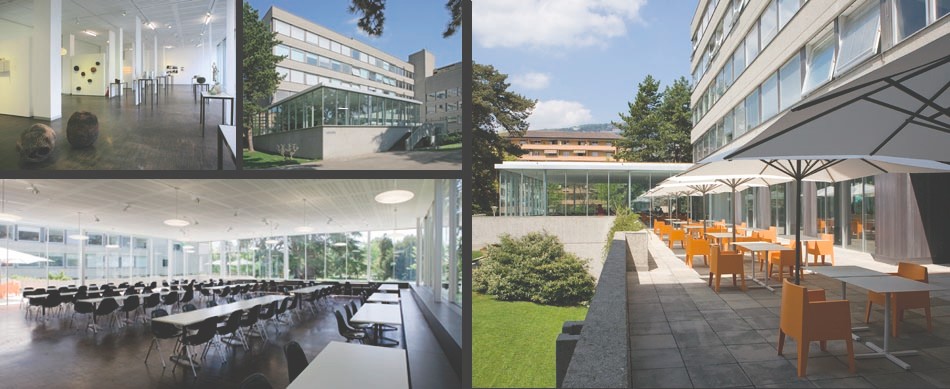
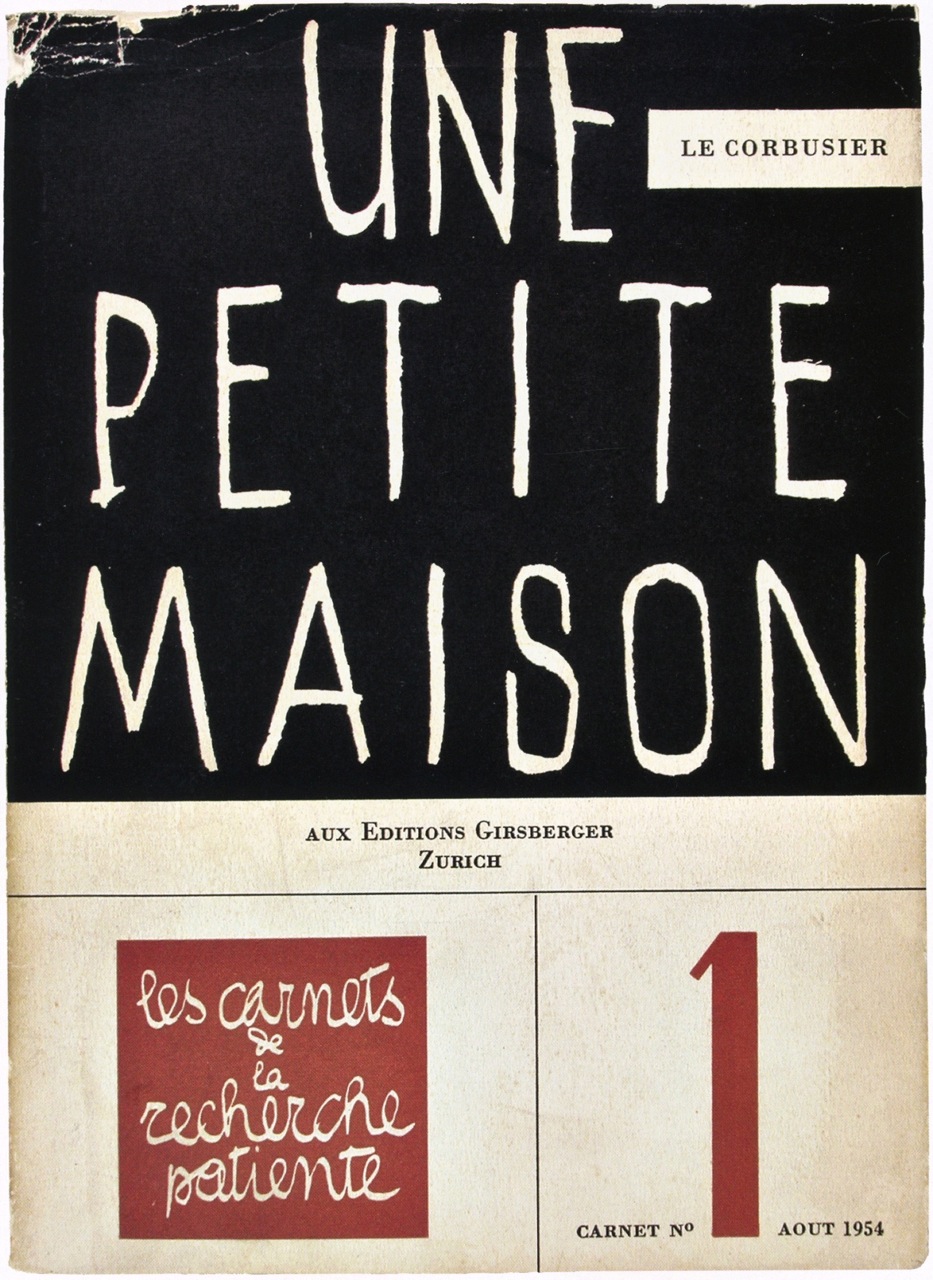
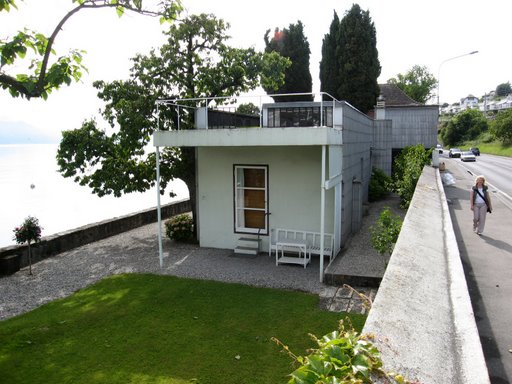




I have been teaching myself in Vevey a couple of years and I enjoyed all: the school, Vevey, with their small cinema of Chaplin, Radu (what a great person), and I was really destroyed by the bad news of the closure of the classes. Thank you for remembering.
I do not know if you remember me: admirer of your texts, we met in Amsterdam at WPP.
Bravo,
Grazia
I thought this great program deserved a formal farewell.
Of course I remember you, and World Press Photo 2000. I’ve posted my keynote address to that WPP session here, along with my thoughts about Tim Hetherington (whom I first met there) and photojournalism.